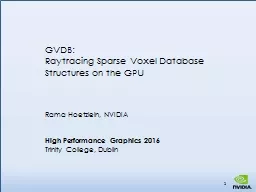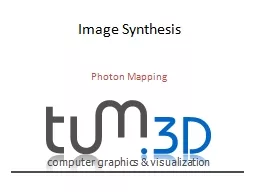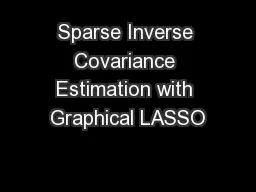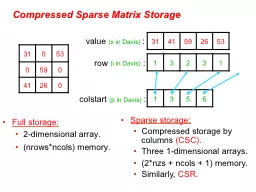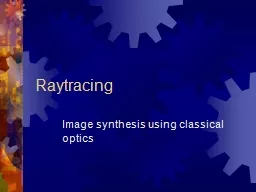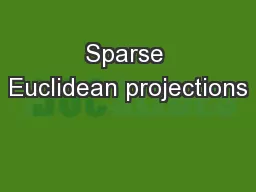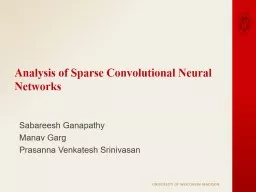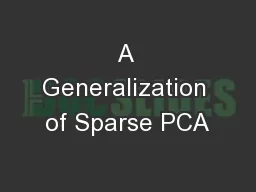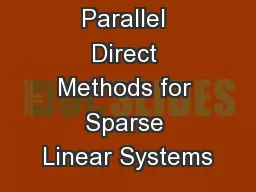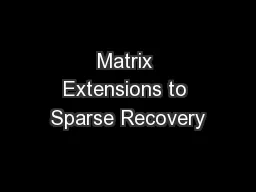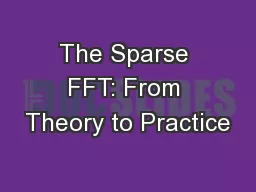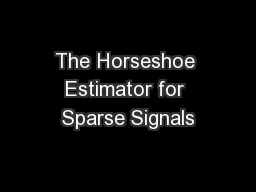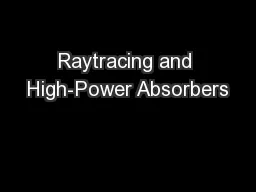PPT-GVDB: Raytracing Sparse
Author : lindy-dunigan | Published Date : 2018-11-04
Voxel Database Structures on the GPU Rama Hoetzlein NVIDIA High Performance Graphics 2016 Trinity College Dublin Sparse Volume Rendering Meshes amp Point Clouds
Presentation Embed Code
Download Presentation
Download Presentation The PPT/PDF document "GVDB: Raytracing Sparse" is the property of its rightful owner. Permission is granted to download and print the materials on this website for personal, non-commercial use only, and to display it on your personal computer provided you do not modify the materials and that you retain all copyright notices contained in the materials. By downloading content from our website, you accept the terms of this agreement.
GVDB: Raytracing Sparse: Transcript
Download Rules Of Document
"GVDB: Raytracing Sparse"The content belongs to its owner. You may download and print it for personal use, without modification, and keep all copyright notices. By downloading, you agree to these terms.
Related Documents

